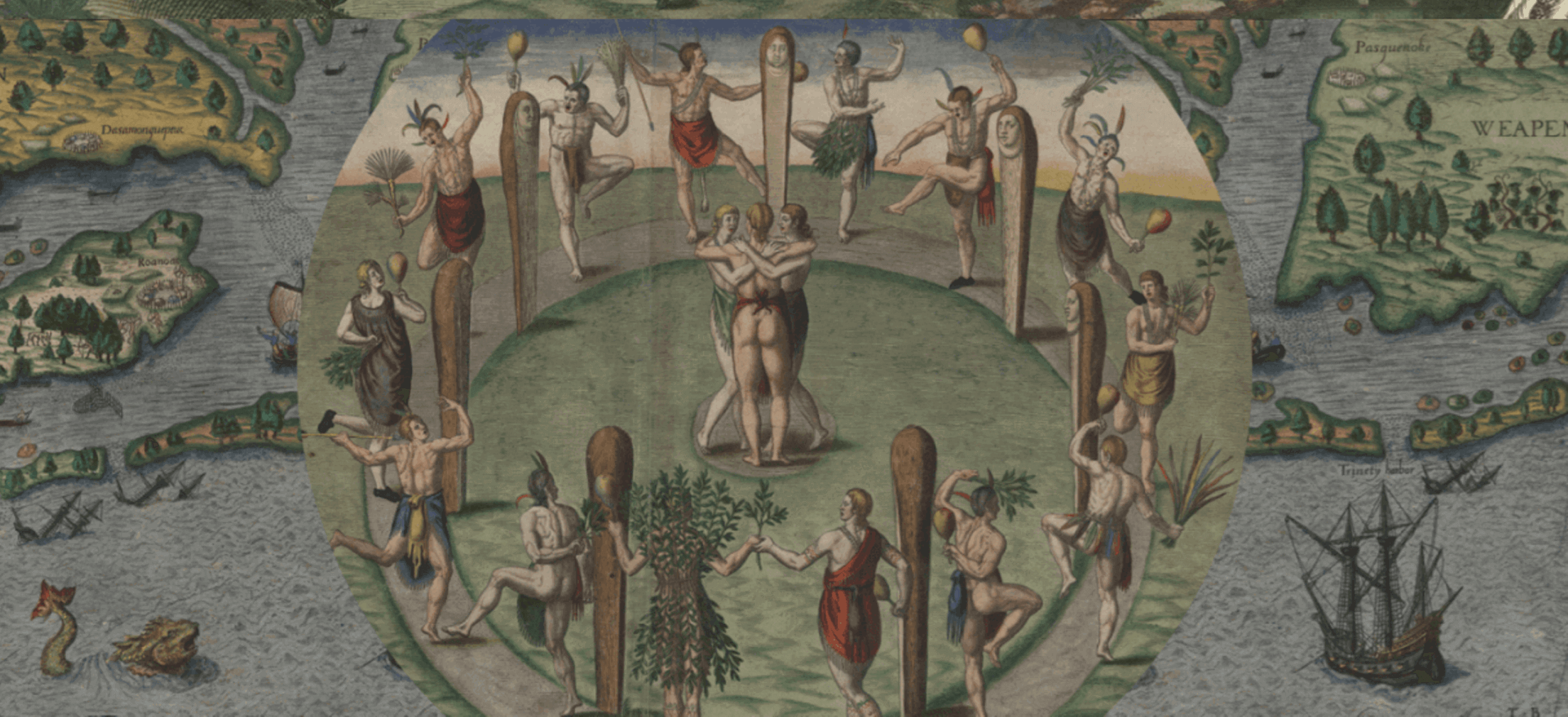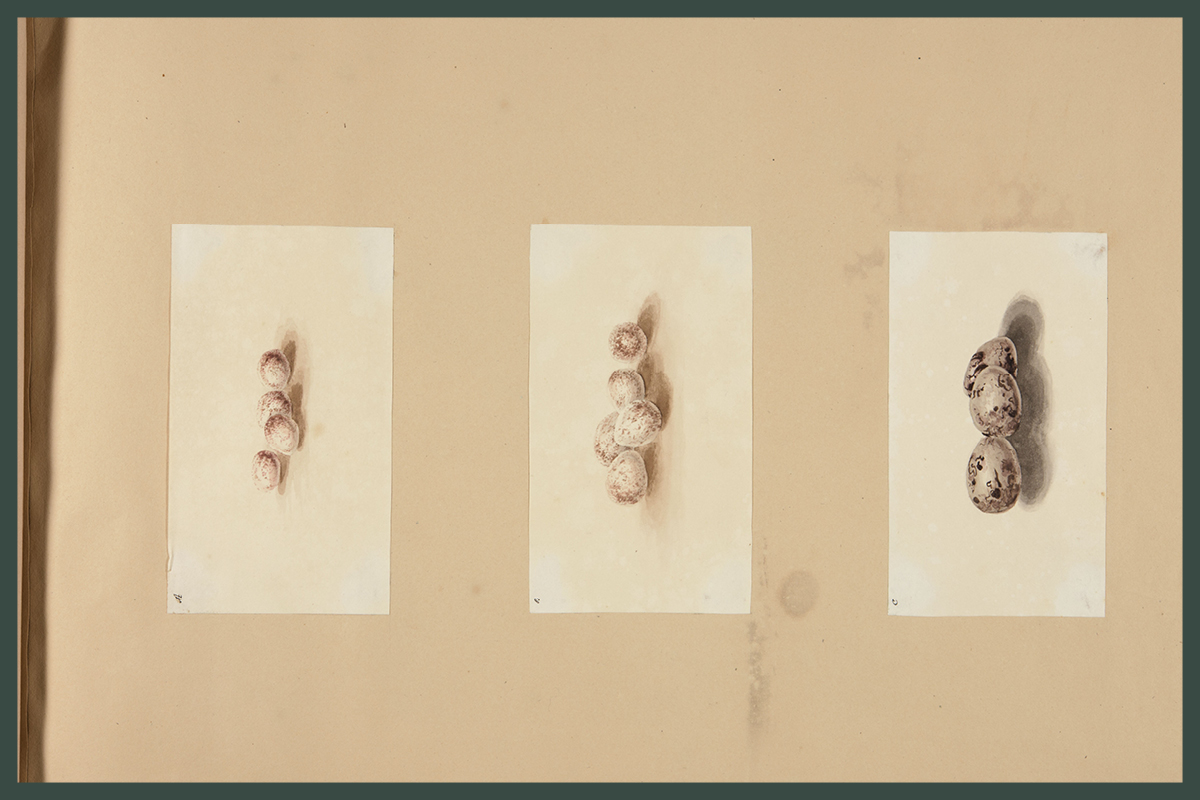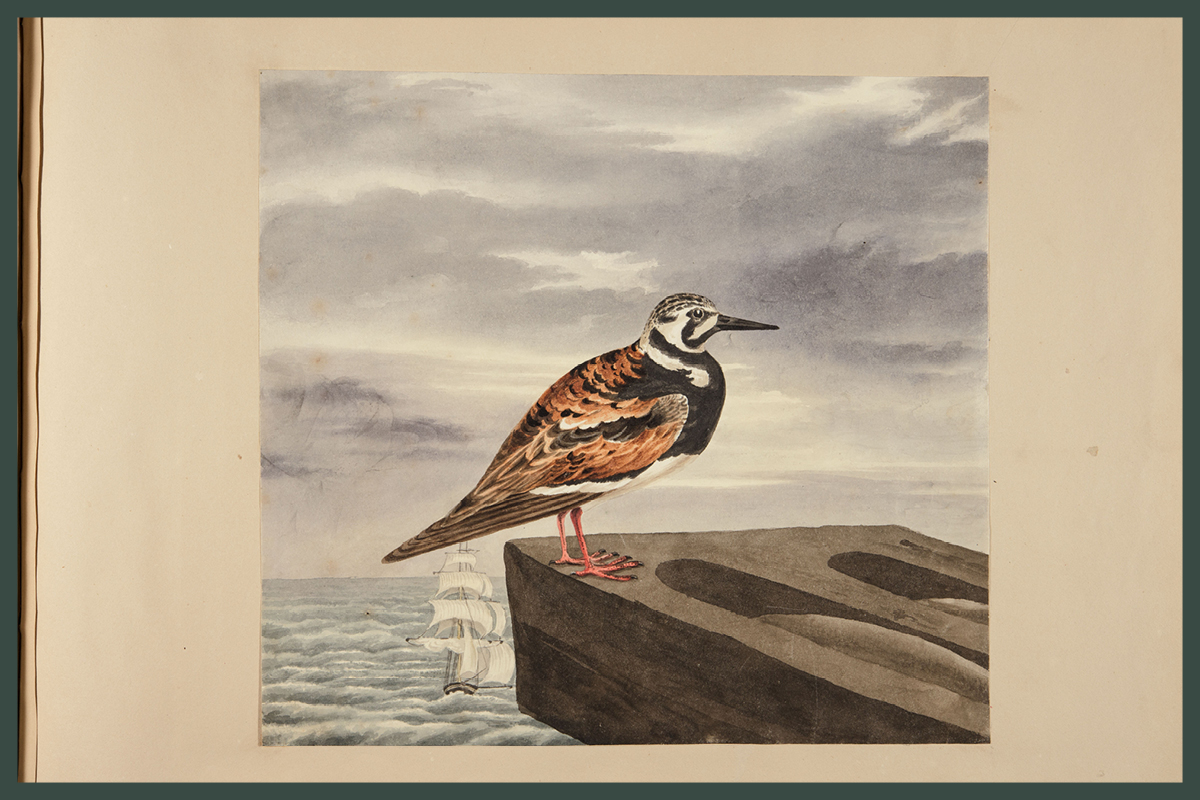Project Description
Sex & Empire
Exactly what happened among the birds and the bees fascinated scholars of nature around the early modern world. Theories of reproduction developed in tandem with imperial practice that aimed to exploit bodily proclivities to secure power. Creators of fertility-enhancing drugs and abortifacients, sometimes kept secret from Europeans, deployed knowledge of nature as a means of resisting colonial rule
This subproject considers the intersection of sex, medicine, and power in the global Iberian Empire. It focuses on island imperialism from the Canaries to the Caribbean to the Philippines.
In Search of Abortifacients
in the Archive
in the Archive
Before the mainland conquest of Mexico in 1521, the Spanish had developed a playbook of island colonization that employed the reproduction of humans and animals as a tool of imperial domination. On February 13, 1502, Nicolás de Ovando (1460 – 1511) loaded thirty Spanish ships for a voyage to the Caribbean, carrying mostly Andalusian settlers, human and animal. As a subsequent royal decree of 1504 put it, his mission was “to populate and ennoble those islands with Christians.” While Ovando did not lead the beasts on two by two, his purpose was to transfer a living world across water.
Conquistadors had developed this strategy experimentally through a long practice of island colonization on the Canaries and Azores, before implementing it on a larger scale in the Caribbean and later the Philippines. The Spanish men who arrived in the Caribbean carried with them a set of cultural expectations that they violently implanted, seizing land and women to raise their status within a pre-existing hierarchy that was intelligible to them.





